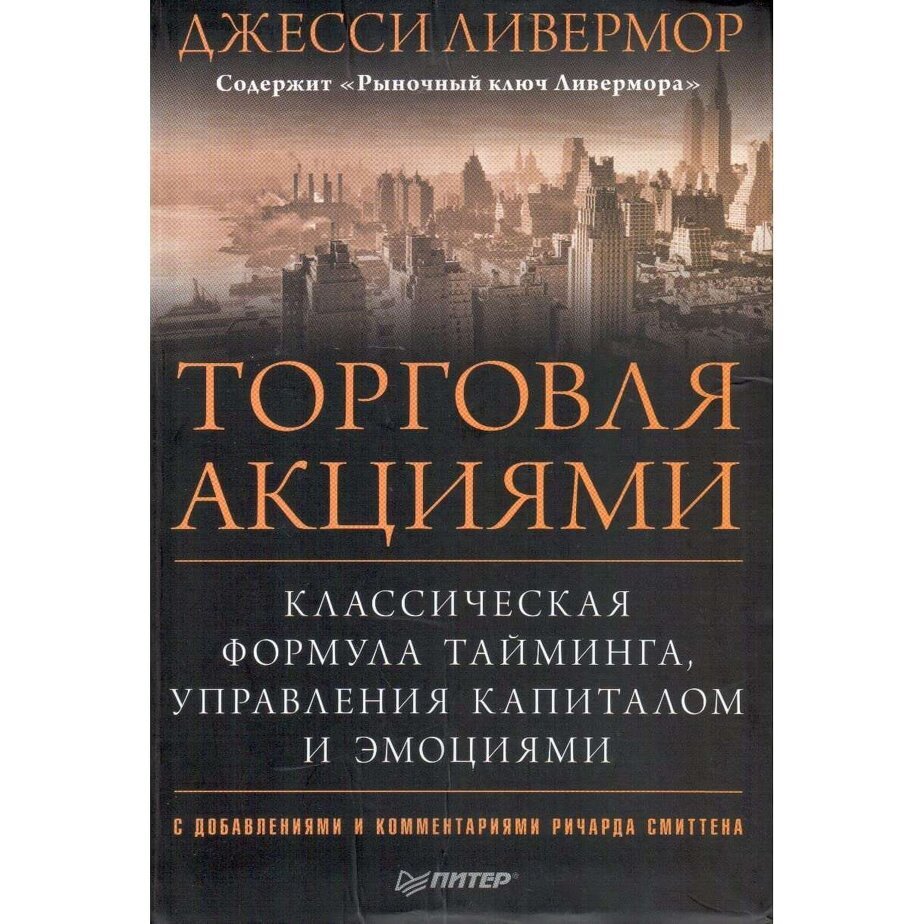Contents
How do the currency exchange work, and where are they facilitated? This article will help you learn everything you need to know about the foreign exchange market. But when the central banks intervene to either raise or lower the exchange rate in the floating exchange rate system, it is referred to as dirty float or managed float. Thus, the rate of exchange in this market is referred to as the official exchange rate—ostensibly to distinguish it from that of the autonomous FX market. The official rate itself is the cost of one currency relative to another , as determined in an open market by demand and supply for them. It is the amount of one currency that an FX dealer pays or spends to get one unit of another currency in formal trading of the two currencies.

Amanda Bellucco-Chatham is an editor, writer, and fact-checker with years of experience researching personal finance topics. Specialties include general financial planning, career development, lending, retirement, tax preparation, and credit. Gordon Scott has been an active investor and technical analyst of securities, futures, forex, and penny stocks for 20+ years. He is a member of the Investopedia Financial Review Board and the co-author of Investing to Win. They buy and sell currencies to make a profit from price movements. The US dollar will be the only currency which will be backed by gold.
From a trading point of view the US dollar is the dominant currency. Overtime the importance of currencies will vary but the US dollar ($), UK Pound Sterling (£), Euro (€) and the Japanese Yen (¥) could arguably be rated as the major currencies. Thus, the Foreign exchange transaction involves the conversion of a currency of one country into the currency of another country for the settlement of payments. The future contracts can only betraded on the organized exchanges,while the forward contracts can be traded anywhere depending on theclient’s convenience. Thereby helping in wiping out the difference between the demand for and the supply of currencies. These banks buy the currencies from thebrokersand sell it to the buyers.
The foreign exchange market is a financial institution that facilitates the exchange of one country’s currency for that of another. Foreign exchange markets are the oldest and most traditional financial marketplaces. It is a worldwide over-the-counter marketplace that decides currency exchange rates all around the world.
thoughts on Foreign Exchange Market: Nature, Structure, Types of Transactions
This accomplishes the transfer of purchasing power between two different countries. The funds can be transferred through telegraphic transfers, bills of exchange, questrade forex review foreign bills and bank drafts. The foreign exchange market determines the price of one country’s currency relative to another country’s currency.
Rather, trading is an integral part of the process through which spot rates are determined and evolve. Is where participants come to buy and sell foreign currencies (e.g., foreign exchange rates, currencies, etc.). Foreign exchange trading occurs around the clock and throughout all global markets.
Most traded currencies by value
The supply in the foreign exchange market results from making payments to other countries, which causes individuals to sell their U.S. dollars to exchange it for foreign currency. There is a positive relationship between the exchange rate and quantity supplied. The meaning of hedging in the foreign exchange market refers to individuals or institutions aiming to reduce their risk exposure to foreign exchange volatility. This is a common strategy amongst investors and traders in the foreign exchange market. Traders and investors use this strategy when they expect that there will be news that will negatively affect a specific currency. One of the main instruments investor hedge in the foreign exchange market is by trading forwards and futures.
What is the main function of foreign exchange bank?
The basic function of the foreign exchange market is to transfer purchasing power between countries, i.e., to facilitate the conversion of one currency into another. The transfer function is performed through the credit instruments like, foreign bills of exchange, bank draft and telephonic transfers.
At the end of 1913, nearly half of the world’s foreign exchange was conducted using the pound sterling. The number of foreign banks operating within the boundaries of London increased from 3 in 1860, to 71 in 1913. At the start of the 20th century, trades in currencies was most active in Paris, New York City and Berlin; Britain remained largely uninvolved until 1914.
Commercial banks
Banks, dealers, and traders use fixing rates as a market trend indicator. Currencies like the U.S. dollar, British Pound, and the Euro, are traded in a foreign exchange market, also known as the Forex. The foreign exchange market is similar to the stock exchange market, but instead of buying and selling shares of companies, you trade currencies.
To make provision for hedging facilities, i.e., to facilitate buying and selling spot or forward foreign exchange. Regulatory reforms that require financial institutions to hold safe and liquid assets as a buffer against adverse financial shocks have added to the global demand for dollars. Accounting for two-thirds of global central bank reserves, which central banks can use to intervene at times to protect their currencies from the spillover effects of global crises. To promote foreign trade, the foreign exchange provides credit both nationally and internationally. Through various credit instruments transfer purchasing power gets affected such as telegraphic transfers, bank draft, and foreign bills. In foreign exchange, there are bill brokers in the foreign bill which assist buyers and sellers.
The country now has to pay domestic currency value equal to the other currency to pay for their goods. Allows traders to buy the underlying asset, whereas a put option allows them to sell it. Exercising the option means purchasing or selling the underlying asset through the option.
What do you mean by FX?
Foreign Exchange (forex or FX) is the trading of one currency for another. For example, one can swap the U.S. dollar for the euro. Foreign exchange transactions can take place on the foreign exchange market, also known as the forex market.
The foreign exchange market works through financial institutions, and it operates on several levels. Behind the scenes banks turn to a smaller number of financial firms known as “dealers,” who are actively involved in large quantities of foreign exchange trading. The main functions of the market are to facilitate currency conversion, provide instruments to manage foreign exchange risk , and allow investors to speculate in the market for profit. The parallel market is a network of illegal trading in foreign currencies, including the interactions between the traders with respect to how they conduct and consummate deals. It is, in essence, the rate at which a unit of one currency exchanges for one unit of another currency in an underground FX trading.
As a result, the value of one of the currencies will differ from the other. “Triennial Central Bank Survey of foreign exchange and OTC derivatives markets in 2016”. Large hedge funds and other well capitalized “position traders” are the main professional speculators. According to some economists, individual traders could act as “noise traders” and have a more destabilizing role than larger and better informed actors. Controversy about currency speculators and their effect on currency devaluations and national economies recurs regularly. Other economists, such as Joseph Stiglitz, consider this argument to be based more on politics and a free market philosophy than on economics.
The foreign exchange market operates just like any type of other markets we’ve seen. However, instead of exchanging goods, you have currencies from different countries, and instead of prices, you have the exchange rate. One of the most unique features of the forex market is that it is comprised of a global network of financial centers that transact 24 hours a day, closing only on the weekends. As one major forex hub closes, another hub in a different part of the world remains open for business.
Because of the sovereignty issue when involving two currencies, Forex has little supervisory entity regulating its actions. Hedging foreign exchange risks is a third function of the foreign exchange market. When the exchange rate, or the price of one currency in terms of another currency, changes in a free exchange market, the party involved may earn or lose money. If there are large amounts of net claims or net liabilities that must be satisfied in foreign currency, a person or a company takes on a significant exchange risk. Reducing foreign exchange risk is another essential function of the foreign exchange market. Some countries are prone to economic, political, and social instability, translating into risk in terms of their currency value.
Types of Foreign Exchange Transactions
If a trader can guarantee large numbers of transactions for large amounts, they can demand a smaller difference between the bid and ask price, which is referred to as a better spread. The levels of access that make up the foreign exchange market are determined by the size of the “line” . The top-tier interbank market accounts for 51% of all transactions.

They help effect foreign remittances by accepting bills on behalf of customers. The central bank and treasury of a country are also dealers in currency trading strategies that work foreign exchange. In financial centers, this type of market merely forms a part of money market where the foreign money is bought and sold.
Compliance for Transfer of Shares u ..
Many commercial banking customers—especially the traders—do most of their import transactions with free funds. In reference here is FX procured outside sales by the Central Bank in countries that have administered foreign exchange policies. The risk management implication is that banks should adhere strictly to FX regulations and endeavor to operate within regulatory requirements and guidelines at all times.
Some governments also hold foreign currencies as reserves to protect against fluctuations in currency exchange rates. It is estimated that in the UK, 14% of currency transfers/payments are made via Foreign Exchange Companies. These companies’ selling point is usually that they will offer better exchange rates or cheaper payments than the customer’s bank. These companies differ from Money Transfer/Remittance Companies in that they generally offer higher-value services. Around 25% of currency transfers/payments in India are made via non-bank Foreign Exchange Companies. Most of these companies use the USP of better exchange rates than the banks.
In most cases, rates movements follow speculation on the quantity of the FX that Central Bank would likely want to offer for sale sell in market. Individuals and companies invest in assets such as shares, bonds and property in other countries. In order to pay for their investments, they need to convert their home currency into foreign currency in order to invest in another country. Also, the returns from the foreign direct investment need to be converted to their home currency. Foreign investors utilize the transfer function of the forex market.
London is the largest trading center, accounting for 41% of global volume. This share, however, may change as a result of Brexit , The United States accounts for less than half the U.K. The next six countries—Singapore (7.6%), Hong Kong (7.6%), Japan (4.5%), Switzerland (3.3%), and France (2.0%)—combined with the U.K. And U.S. shares— account for about 85% of all daily foreign exchange market turnover. The third function of a foreign exchange market is tohedge foreign exchange risks.

There are many individuals as well as institutions involved in the demand and supply side. A contract that grants the holder the right, but not the obligation, to buy or sell currency at a specified exchange rate during a particular period of time. For this spreading financial statements right, a premium is paid to the broker, which will vary depending on the number of contracts purchased. Holding large foreign exchange reserves is considered beneficial because this gives the country more power to ensure the stability of its economy.
This development further led to the expansion of banking services and the people started gaining the confidence that they can receive certain commodities against the banknote they possessed. The currency market is a dealer market made largely by the same dealers active in the bond market. Currency dealers display indicative quotes, but quotes at which trades may occur are usually made bilaterally. Like the bond market, the currency market has an interdealer market in which dealers can trade anonymously with each other. The significance of competitive quotes is indicated by the fact that treasurers often contact more than one bank to get several quotes before placing a deal.
People living in such countries tend to keep their money in U.S. dollars or other relatively stable currencies to preserve their purchasing power. Additionally, economic instability creates a less favorable environment for foreign investors, as they are uncertain whether they can make a profit. This then reduces the demand for the currency and devalues it even further. There are two types of exchange rates that are commonly used in the foreign exchange market. The spot exchange rate is the exchange rate used on a direct exchange between two currencies “on the spot,” with the shortest time frame such as on a particular day.
The implicit assumption is that the details of trading (i.e., who quotes currency prices and how trade takes place) are unimportant for the behavior of exchange rates over months, quarters or longer. Micro-based models, by contrast, examine how information relevant to the pricing of foreign currency becomes reflected in the spot exchange rate via the trading process. According to this view, trading is not an ancillary market activity that can be ignored when considering exchange rate behavior.
This type of contract makes it possible to avoid changes in exchange rate. Money transfer companies/remittance companies perform high-volume low-value transfers generally by economic migrants back to their home country. In 2007, the Aite Group estimated that there were $369 billion of remittances (an increase of 8% on the previous year). The largest and best-known provider is Western Union with 345,000 agents globally, followed by UAE Exchange.
In total, daily foreign exchange turnover was $13.1 trillion, nearly double the value of daily transactions recorded in the previous survey in April 2016. In exchange, through forwarding contracts, foreign exchange market provides such facilities for anticipated hedging. A forward contract is a type of contract related to buying or selling foreign exchange against another currency in future at the fixed date on the agreed price.
Whenever you have export prices that increase more than the import prices, you will have positive terms of trade, and as a result, the real exchange rate will appreciate. They act as an intermediary between the importers and exporters who are situated in different countries. Commercial banks speculate in foreign currencies, and this is known as trading in the forex market. They have been authorized by the central banks to undertake the activity of conversion of one currency into another.
